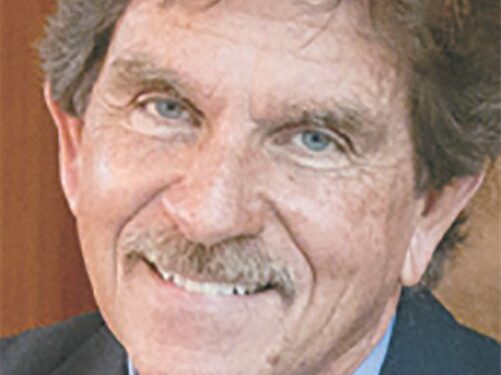If you want to get a pretty accurate picture of what’s going on in this part of Georgia, there’s nothing better than the pages of a local newspaper. I know Facebook and all the other social media platforms scoop up all the street news, and the Savannah, Augusta and Macon television stations cover the big stories, but only in local newspapers can you find out about things like the scandal in City Hall in Marshallville, Georgia, or the high-speed chase a week ago through Treutlen, Toombs and Emanuel County that ended up with a footrace and a tackle-arrest in the cow pasture. Local newspapers give you all the details on a big page with big print, not the tiny little letters dashing around on a tiny little screen like an alphabet anthill. I enjoy reading the local area newspapers because you can take the news at your own pace, and even review if you weren’t quite sure you read what you thought you read. There’s a good deal of similarity in small local papers from town to town. Sports, obituaries, church news, school news, who’s getting married, and who got elected Kiwanis President; that’s the standard stuff, the stuff you usually see every week. But in the last few months, there seems to be something different in between the lines. There is a little more of a busier pace, a little bit more expectation and eyebrow raising. When a new element is introduced into a landscape, it can change the whole picture. Little stones can create big ripples, and that is occurring right now in southeast Georgia. A little more than a year and a half ago, the biggest economic development project in the history of the State of Georgia was announced in Bryan County. This little stone was introduced as the Hyundai Meta Plant. It quickly turned into a snowball that started slowly rolling downhill. It’s now grown to the size of the Jolly Green Giant’s beachball and its picking up momentum as it speeds down I-16. The auto assembly plant is now racing toward completion on a 3000-acre site. It has not only brought over 22 supplier industries with all their jobs to places like Dublin, Metter, Statesboro, Glenville, Pembroke, Hinesville and Chatham County, but it also has spawned collateral development and growth in retail, government, health, education and other sectors into these counties. That means more people. That’s good, and that means a feast for the tax base, but with every feast comes the threat of a little indigestion, a headache, or a hangover. Already, elected officials in Bryan, Bulloch and Candler counties are cautiously waving little red flags about over-loaded infrastructure, housing shortages, needed school expansions and higher taxes to pay for it. Add to that, the “aftershock” that always accompanies any “jolt” to the economic system of any area, whether it be positive or negative. When you add the uncomfortable news that the sale of electric vehicles in the U.S. in the last 5 months has taken a serious downturn, you might expect a chill to descend over the party since the production at the new auto plant will be 100% electric vehicles. Not so, apparently, because Hyundai Motor Group just announced that they have accelerated their schedule and will be rolling out new Hyundai’s in Bryan County in the last quarter of this year, not next year, like originally planned. They also announced that their investment in the Georgia project has now grown to $7.59 billion, that’s billion with a B. Now that, I guess, is what you call running with the Big Dogs. Given all that, I would say the next 12 to 18 months will tell a very interesting story about the economy in this part of Georgia, and who tried to keep up with the pack and who stayed on the porch. So get comfortable and stay tuned to your favorite local newspaper for all the news you can use, and you never can tell what else.
Promote Your Business with Us!
Looking to connect with the local community? Our platform offers a direct way to reach engaged readers in your local area.
From banner ads to sponsored content, we offer flexible advertising solutions to fit your business needs.
Get in touch to explore how we can help you grow!
CONTACT US NOW


